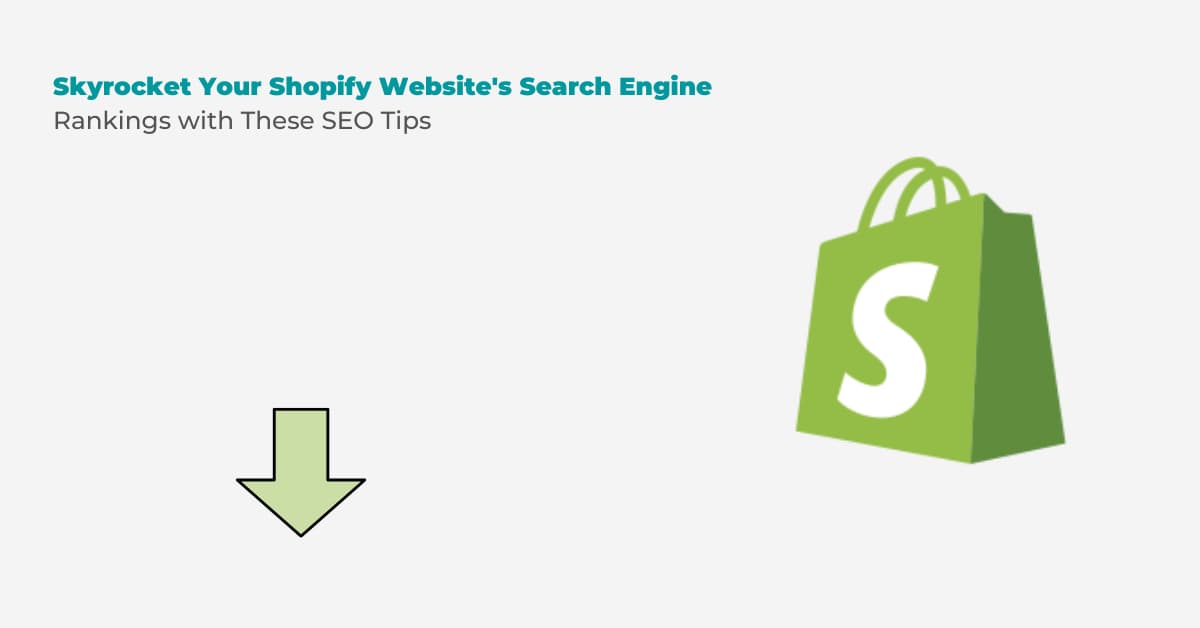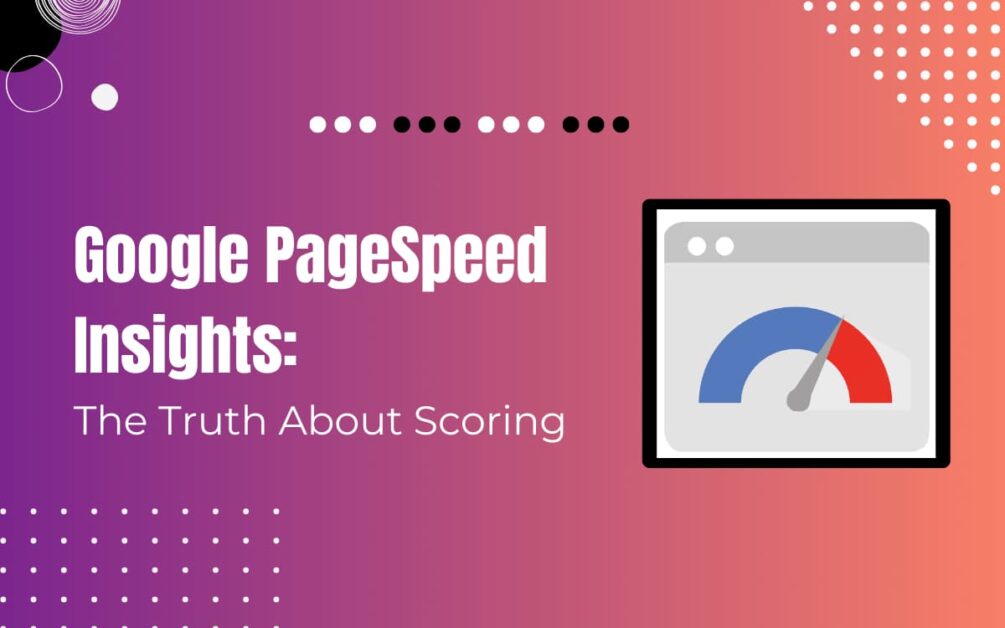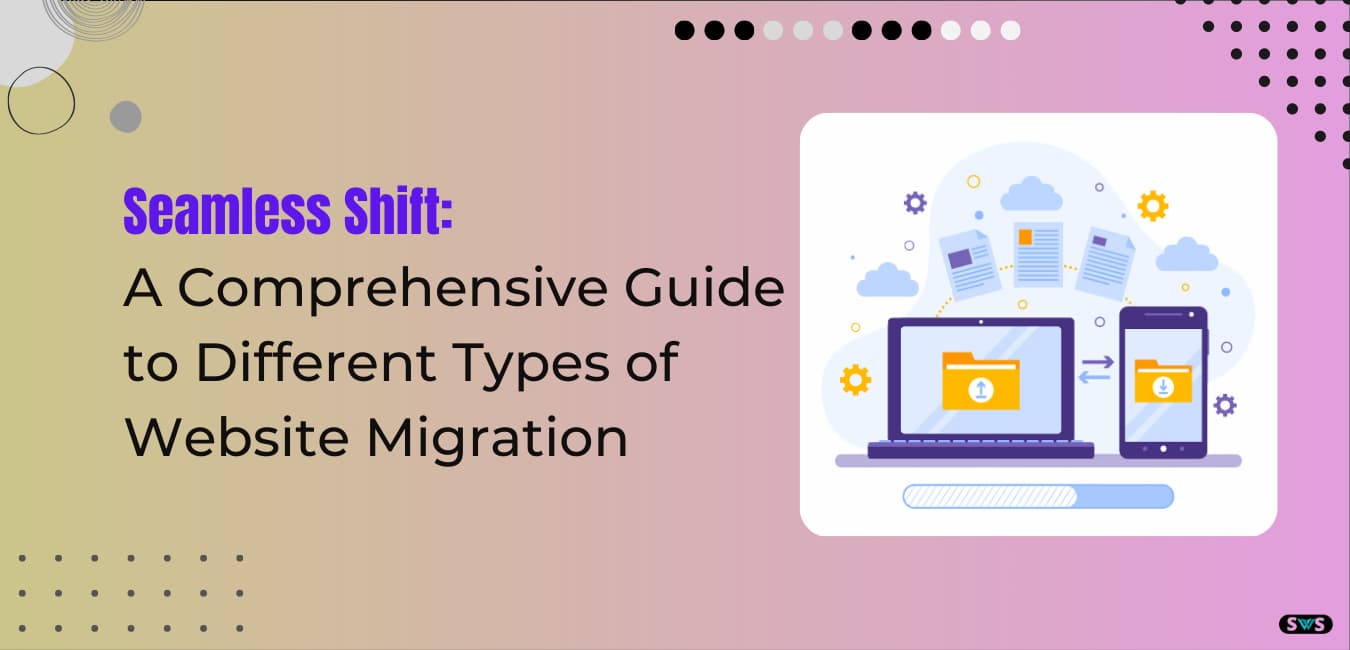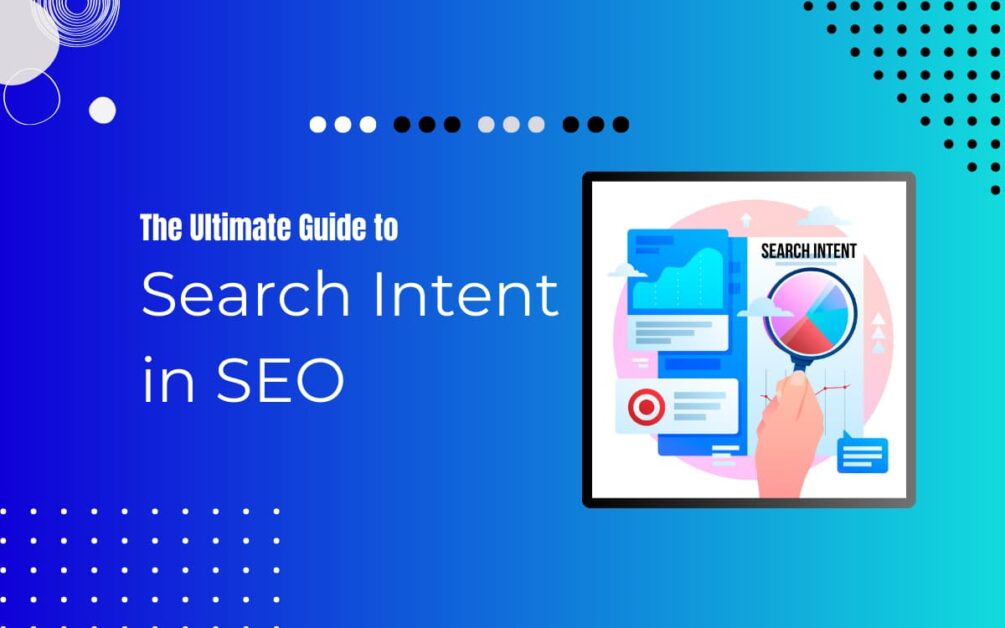Reading Time: 11 mins 31 sec
In this article, we are discussing how to do SEO for Shopify website.

The process of improving a website through SEO is called Search Engine Optimization.
It’s accessible through search engines like Google.
For companies with Shopify websites, SEO is important because it can increase brand recognition, website traffic, and sales.
By the end of this article, you will have a better understanding of how to optimize your Shopify website for search engines and attract more customers to your business.
We’ll cover the fundamentals of SEO for any Shopify website, including keyword research, on-page SEO optimization, building high-quality backlinks, and using social media to boost SEO.
So let’s start,
Read This: SEO With Image: How do I optimize images for Google
What Is SEO In Shopify
Shopify SEO is the process of making your Shopify website more visible and user-friendly to search engines like Google.
This includes using a variety of SEO techniques, such as conducting keyword research, optimizing on-page SEO strategies such as meta descriptions and titles, building high-quality backlinks, promoting your content, and gaining a following through social media.
Additionally, Shopify includes built-in SEO features like customizable meta descriptions and titles, sitemap generation, and robots.
You can use .txt file editing to enhance the SEO of your website.
To improve your chances of ranking high in search engine results pages, you should optimize your Shopify website for search engines.
This will help your company to get more visibility, traffic, and sales.
Understanding SEO for Shopify Website
Before we get into the specifics of SEO for the Shopify website, it’s essential to understand SEO and why it’s important for your online store.
The practice of optimizing your website for search engines like Google, Bing, and Yahoo is known as search engine optimization or SEO.
To discover pertinent keywords and phrases that people in your target market are searching for, use a tool like Google Keyword Planner or SEMrush.
You can improve the quantity and quality of traffic coming to your website from organic search engine results by implementing SEO strategies.
Why SEO is important for Shopify Website?
By making your Shopify website search engine friendly:
- Get more people to visit your website.
- Increase your brand recognition and visibility.
- Increase your search engine ranking.
- Boost your website’s authority and credibility.
- You should boost sales and conversion rates.
Read This: Types Of Website Migration And How To Win SEO Game
How To Do Seo For Shopify Website
You can follow these steps to do SEO for your Shopify website:
- To discover pertinent keywords and phrases that people in your target market are searching for, use a tool like Google Keyword Planner or SEMrush.
- On-Page SEO Optimization: Include relevant keywords in your meta title, meta description, URL slug, and on-page content. Make sure the navigation on your website is simple and clear.
- Build reliable backlinks: To increase the authority and search engine ranking of your website, get links from other relevant and reliable websites.
- Use social media for SEO by promoting your content out there, getting followers out there, and encouraging social sharing to increase traffic and visibility to your website.
- Use built-in Shopify SEO features: edit your robots.txt file, create a sitemap, and modify your meta title and description. Use Shopify’s SEO checklist to optimize your website and a.txt file to store metadata.
how to improve Shopify website SEO
To enhance SEO on your Shopify website, you can follow these tips:
- Use a tool like Google Keyword Planner or SEMrush to find relevant, high-traffic keywords to target for your website.
- On-Page SEO Optimization: Include relevant keywords in your meta title, meta description, URL slug, and on-page content. Make sure the navigation on your website is simple and clear.
- Build high-quality backlinks: Get links from other relevant, reputable websites to increase the authority and ranking of your website.
- Use social media for SEO by promoting your content out there, getting followers out there, and encouraging social sharing to increase traffic and visibility to your website.
- Optimize your meta title and description, build a sitemap, and edit your robots using Shopify’s built-in SEO tools. To optimize your website, use the Shopify SEO checklist and robots.txt file.
- Increase website speed: To increase user experience and search engine rankings, make sure your website is fast and mobile-friendly.
- Use unique and complete product descriptions to differentiate your products from the competition and increase their search engine rankings.
Strategies of SEO for Shopify
Conducting Keyword Research
Businesses must conduct keyword research, which is an important component of SEO, to understand the search terms that their target market is using to find products and services like theirs.
Businesses can improve their visibility on search engines and attract more potential customers by keyword-optimizing the content of their websites.
To do keyword research for a Shopify website, follow these steps:
- Identify Your Target Market: Knowing your target market’s demographics, interests and problems will help you determine the keywords they use to search for your goods and services.
- Brainstorm a list of relevant topics related to your business and the goods and services you offer. These topics will be the foundation of your keyword research.
- Use Keyword Research Tools: You can find relevant keywords related to your topics by using a variety of keyword research tools including Google Keyword Planner, Ahrefs, and SEMrush. Search volume, competition level, and related keywords are just some of the useful information these tools can offer.
- Consider the level of competition for your keywords. It’s important to choose keywords that are relevant to your business and have a low to medium level of competition. This will make it easier to rank higher in the search engine result pages (SERPs) and attract more potential customers.
Read This: 15 Best SEO Affiliate Programs For Earning Extra Income
Optimizing On-Page SEO
Individual web pages are optimized for on-page SEO in order to increase their search engine rankings and drive relevant traffic to your website.
For Shopify websites, on-page SEO is important because it can increase user experience, website engagement, and conversion rates.
To improve on-page SEO for a Shopify website, try the following techniques.
The first thing users see on search engine results pages (SERPs) is the meta title and description, so they must be compelling.
You can encourage users to click through to your website and increase your click-through rate (CTR) by creating catchy and relevant meta titles and descriptions.
Creating unique and high-quality content can help your Shopify website rank higher in search engine results.
High-quality content that is specific, educational, and engaging can help your Shopify website.
You can enhance the user experience and increase the likelihood that visitors will return to your website by including relevant keywords and providing meaningful information to your target audience.
Image and other media optimization, Images and other media can increase user interaction and engagement on your website, but they can also cause pages to take longer to load.
You can increase the speed at which your website loads and give visitors a better experience by optimizing your images and other media.
Using Structured Data Markup, Structured data markup is code that is added to your website to give search engines more details about your content.
Doing so will allow search engines to better understand your content and deliver more relevant results to users.
Building High-Quality Backlinks
Backlinks are connections made by other websites to your Shopify website.
Backlinks are important for SEO because they tell search engines that other websites consider your content to be authoritative and valuable.
Your website will perform better in search engine result pages (SERPs) because it will have high-quality backlinks.
Here are some tips for building top-notch backlinks for your Shopify website:
- Guest Blogging: You write articles for websites in your industry as a guest blogger, in exchange for backlinks to your website. By using this strategy, you can increase the quality of your website traffic and foster relationships with other websites in your industry.
- Broken link building: This is the process of identifying broken links on other websites in your area and offering to replace them with links to your content. This tactic can help you increase the number of high-quality backlinks to your Shopify website, as well as enhance the user interface of other websites.
- Influencer outreach: This is the process of contacting thought leaders in your field and asking them to tell their followers about your content. You can use this strategy to expand your audience and increase the number of high-quality backlinks to your website.
Using Social Media for SEO
By making your website more visible and attracting more visitors, social media can have an impact on SEO.
Increasing your website’s authority, engagement, and brand awareness through social media can have a positive impact on SEO, even though social media signals themselves do not directly affect search engine rankings.
Here are some pointers for using social media to improve the SEO of your Shopify website:
- Promote content on social media: You can drive more traffic and increase engagement by sharing content on your Shopify website. Additionally, you can encourage users to share your content with their followers, which will broaden its audience and draw more links to your website.
- Promote social sharing: You can make it easy for users to share your content on their own social media channels by including social sharing buttons on your Shopify website’s content. As a result, your content may have a wider audience and your website may see an increase in the number of visitors.
- Increasing your brand’s visibility and engagement through social media: You can increase your brand’s visibility and engagement by increasing your social media following. Over time, this can increase the authority of your website and drive more traffic there.
Read This: What’s SEO Marketing? How Does it Work & Why It Matters
Seo Tips For Shopify
For Shopify, consider these SEO pointers:
- Do keyword research and use relevant words and phrases that your target audience is looking for on your website.
- Use relevant keywords in your meta title, meta description, URL slug, and on-page content to improve on-page SEO. Make sure the navigation on your website is simple and clear.
- Get links from other trustworthy, relevant websites to increase your website’s authority and search engine rankings.
- Increase your website visibility and traffic by using social media for SEO. To do this, promote your content on social media platforms, gain followers, and encourage social sharing.
- Optimize your meta title and description, build a sitemap, and edit your robots using Shopify’s built-in SEO tools. Use Shopify’s SEO checklist and robots.txt file to optimize your website.
- Increase website speed: For a better user experience and higher rankings on search engines, make sure your website is fast and mobile-friendly.
- Use detailed and original product descriptions to make your products stand out from the competition and increase your search engine rankings.
- To better position in local search results, optimize your website for local SEO by including your company’s address, phone number, and other relevant data.
Shopify SEO plugin
There are many options if you are looking for an SEO plugin for Shopify. Here are some famous ones:
- One of the most popular SEO plugins for Shopify is SEO Manager. You can create customizable meta tags, generate sitemaps, and automatic alt text generation, among other features, to help you optimize your website for search engines.
- SEO Plugin: This plugin has both free and paid versions, with the paid version including more sophisticated features such as automatic broken link checking and support for JSON-LD structured data.
- Smart SEO: This plug-in offers a number of features to help you with search engine optimization, including keyword analysis, meta-tag optimization, and product image optimization.
- JSON-LD for SEO: The goal of this plugin is to add JSON-LD structured data to your website, which can increase your website’s visibility in search results.
- The SEO Image Optimizer plugin helps with the search engine optimization of your product images by automatically adding alt text and file names based on your product name and description.
Seo Tools For Shopify
Shopify supports a number of SEO tools that can be used to increase your website’s visibility in search results. Here are some popular options:
- With Shopify, you can access SEMrush, a complete SEO tool. It has features like backlink analysis, site auditing, and keyword research.
- Ahrefs is yet another popular SEO tool that can be implemented on Shopify. It offers options like competitor analysis, backlink tracking, and keyword research.
- Shopify can be integrated with Google Analytics, a free tool, to track website traffic and user behavior. This gives you important information about how visitors use your website and can show you where improvements can be made.
- Shopify users can access the Moz Toolkit of SEO resources. These activities include backlink analysis, site auditing, and keyword research.
- Yoast is a popular SEO plugin for WordPress that is also compatible with Shopify. It has functions like content analysis, meta-tag correction, and more.
- Screaming Frog is a website crawler that can be used to examine your site’s architecture and detect any technical issues related to SEO. It can also be used to check metadata, find broken links, etc.
- Google Search Console is a free tool that you can use to track how well your website is performing in search results. This can help you spot any problems that need fixing and give you useful information about how well your site is performing.
- Bing Webmaster Tools: Like Google Search Console, Bing Webmaster Tools gives you data on how your website is performing in Bing’s search results. Additionally, it can be used for crawl data analysis, sitemap submission, etc.
- Majestic: This backlink analysis tool can be used to examine the backlink profile of your website and find areas of improvement. You can use this to research your competitors’ backlinks and look for link-building opportunities.
- This additional SEO plugin for Shopify is called RankMath. It offers features like content optimization and keyword analysis.
Read This: Best Practices For Linking On Google
Shopify Seo Checklist
To optimize your website, use the following Shopify SEO checklist.
Do keyword research to find terms that apply to your company.
By including relevant keywords in your meta title, description, and content, you can improve your website’s on-page SEO.
Make sure your website images are SEO-optimized by adding alt tags and reducing their file size.
Use Structured Data Markup to make your website content more understandable to search engines.
Use Guest Blogging, Broken Link Building, and Influencer Outreach to build high-quality backlinks for your website.
Use social media to spread the word about your content and grow your brand’s online presence.
Make sure all aspects of your website’s technical SEO, such as page speed, mobile responsiveness, and site structure, are in good working order.
Regularly create and distribute relevant, audience-focused content that contains your target keywords.
Follow the progress you make by tracking your website’s position in search results.
Shopify Seo Checker
You can use one of the many Shopify SEO checkers available online to pinpoint your website’s weak points and make necessary adjustments to improve its search engine position.
Below are some well-known Shopify SEO checker tools:
The SEO Audit feature of SEMrush’s comprehensive suite of SEO tools examines on-page SEO, backlinks, technical SEO, and your website content.
Additionally, it gives suggestions on how to increase the search engine ranking of your website.
There are several SEO tools available from Ahrefs, including the SEO Audit feature, which checks your website’s backlinks, technical SEO, and content. Additionally, it gives suggestions on how to increase your website’s position in search results.
Moz, This program includes an SEO audit feature that checks on-page SEO, technical SEO, and your website content. Additionally, it provides tips to increase the search engine ranking of your website.
Google Search Console, This free Google tool provides data on your website’s search engine performance, such as search queries, crawl issues, and backlinks. You can use it to find technical SEO issues and optimize your website content for higher search engine rankings.
Read This: 15 Black Hat Techniques That Can Harm An SEO Campaign
Conclusion
In this article, we are discussing how to do SEO for Shopify website.
SEO is important for any Shopify website that wants to increase organic traffic and improve its visibility in search engine results.
This article discusses several ways to increase the SEO of your Shopify website, including keyword research, on-page SEO optimization, building high-quality backlinks, and using social media for SEO.
Key lessons in this article include the importance of conducting keyword research to target relevant search terms, the importance of using on-page SEO techniques such as meta descriptions, content optimization and structured data markup, high-quality backlinks via guest The importance of the construction of blogging, and more.
Benefits of using social media to promote content, encourage social sharing, and grow followers, link building, and Influencer Outreach.
Consistently applying these tips over time will help with the SEO of your Shopify website.
You can increase your website visibility, attract more visitors, and expand your online business by keeping up with SEO best practices and optimizing your website content and backlink profile on a regular basis.
Read Also
- Top 65 Technical SEO Interview Questions And Answers
- Does Bold Text Help SEO
- How To Create The Perfect H1 Tag For SEO
- Google Announces Five Changes Coming To Mobile Search
- Benefits Of Using Semrush
FAQ
How do I SEO my website on Shopify?
You can use the techniques described in this article to SEO your Shopify website, including keyword research, on-page SEO optimization, building high-quality backlinks, and social media marketing. Additionally, Shopify includes built-in SEO features like robots, sitemap generation, and customizable meta titles and descriptions. You can use .txt file editing to boost the SEO of your website.
What is the best SEO for Shopify?
Your unique business objectives and website goals will determine the best SEO approach for Shopify. On-page SEO techniques such as optimizing meta titles and descriptions, creating high-quality content, building high-quality backlinks, and promoting your content are some of the best practices for Shopify SEO. Using social media, eg. ,
Do Shopify sites have good SEO?
Sites built on the Shopify platform have the potential to perform well in search engine optimization because the platform comes with features that can help you do so. However, the SEO success of your Shopify site will depend on a variety of elements, including the potential of your content, the applicability of your keywords, the strength of your backlink profile, and your social media interest level.
Shopify SEO for beginners
It is important for newcomers to start with SEO fundamentals, such as conducting keyword research, perfecting on-page SEO strategies like meta titles and descriptions, and building high-quality backlinks. Additionally, Shopify has a number of tools available to help beginners enhance the SEO of their websites, including an SEO checklist and built-in SEO features.
How to edit SEO on Shopify
You can edit SEO on Shopify by clicking the “Website SEO” button, and then going to the specific page you want to edit, to change the meta title, meta description, and URL handle. You can also edit your website’s sitemap and robots using Shopify’s integrated SEO features. To further improve your website’s SEO, you can add code to the Robots.txt file and use third-party plugins and apps. To be able to



